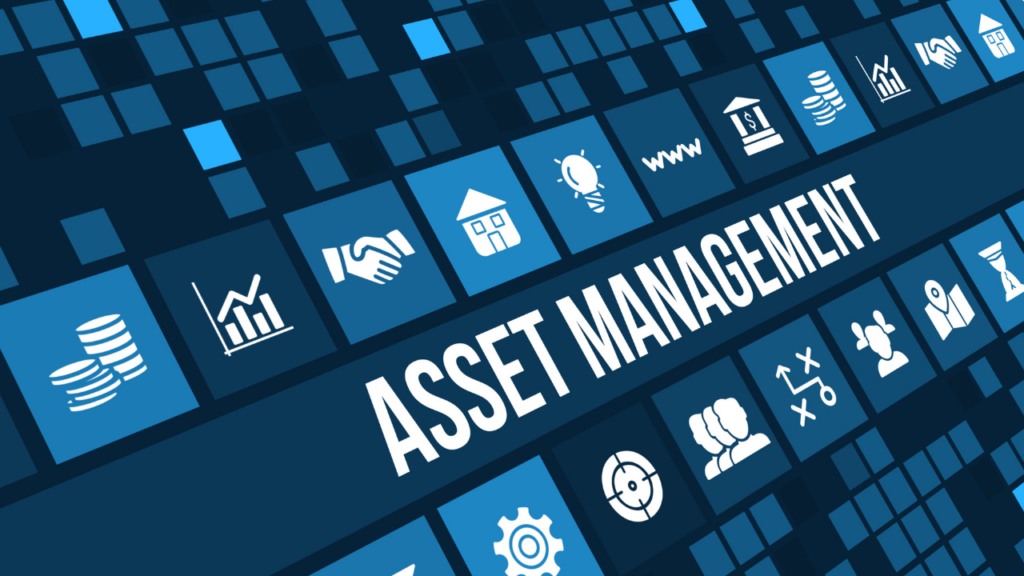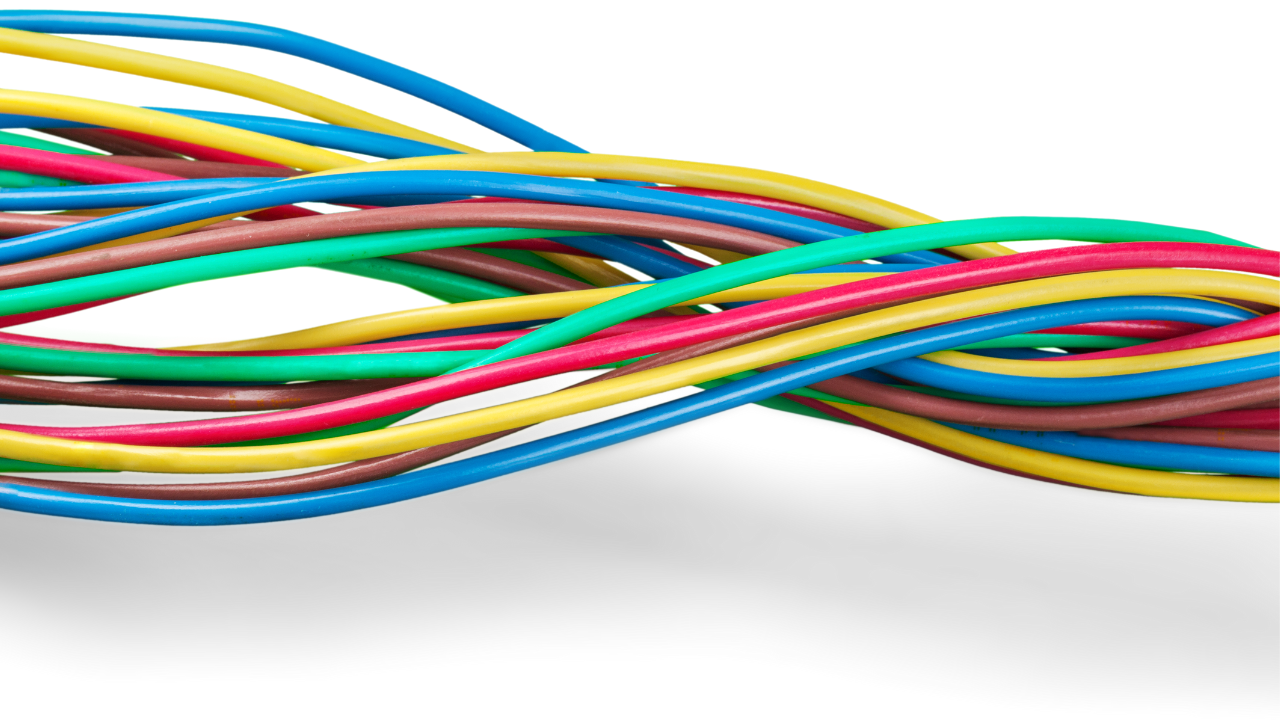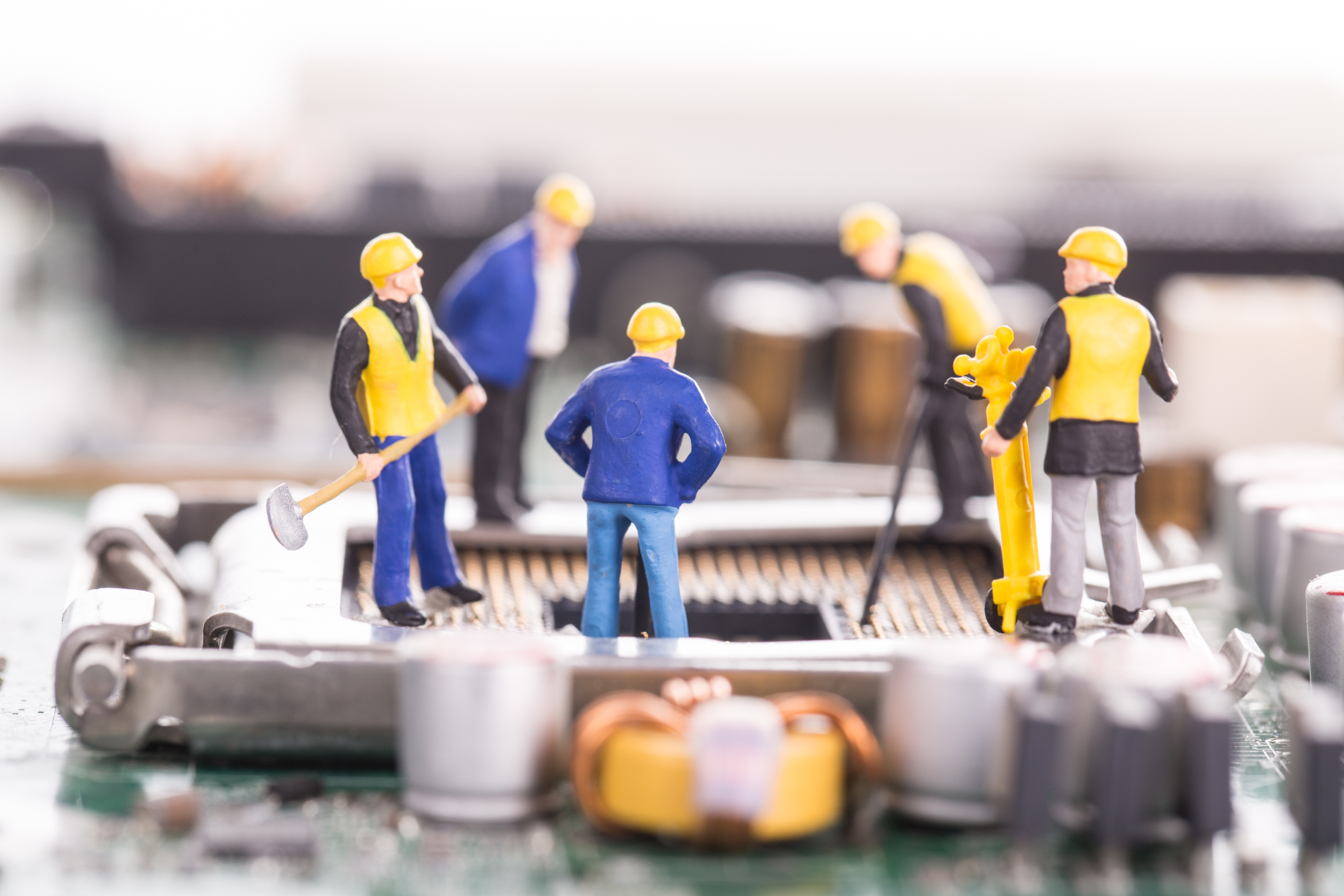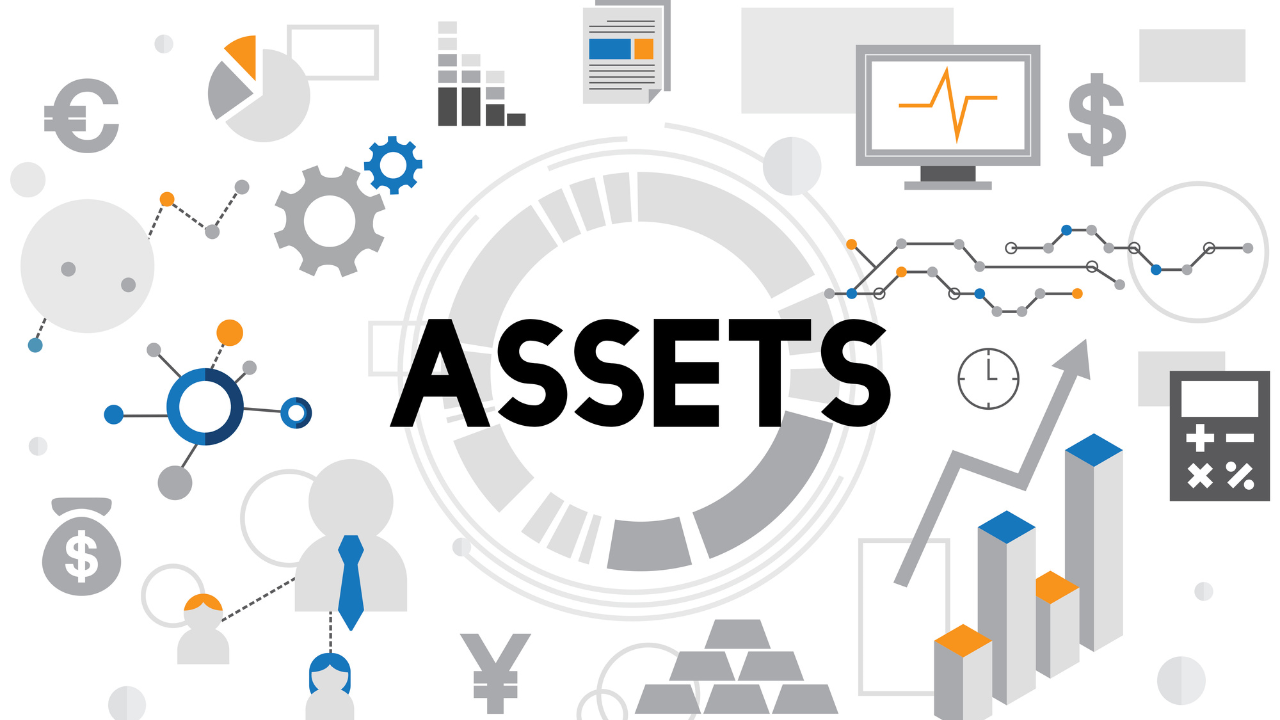Physical Asset Management: Turning your Vision into Reality
John Yolton, Principal at FOG Group
Posted 04/13/2023
Almost every maintenance manager has thought to themselves, “there has to be a better way to achieve this goal,” only to realize the organization and its governance are critical to the successful implementation of improved physical asset management.
For those of you with a vision of improving physical asset management within your manufacturing operations, perhaps the largest threat to successful implementation are the past practices which have already been widely accepted and deployed.

What is Physical Asset Management?
Physical or tangible assets include machinery, buildings, equipment, tools, products, etc.
Physical Asset Management is the process of maintaining this property throughout its entire life to maximize the value and minimize the risk of operating these assets. This includes maintenance, repairs, upgrading equipment, and disposal of equipment when it’s reached end-of-life.
Below we will dive into the challenges of Physical Asset Management and strategies to overcome these challenges.
Governance
Governance refers to the policies, procedures, and structures that an organization institutes to ensure it operates responsibly and effectively. This ensures assets are managed in a safe, reliable, and cost-effective manner.
Effective governance requires a coordinated effort across different departments and stakeholders within an organization to establish clear policies and procedures for asset management to ensure the process is communicated effectively to all stakeholders. It also involves monitoring and reporting asset performance to make changes as necessary to ensure effective management.
A process of governance can help organizations clearly define roles and responsibilities, establish standards and guidelines, and ensure there is adequate oversight and accountability for the management of assets. It can also ensure data is collected and analyzed in a consistent and reliable manner, which is essential for the effective use of advanced technologies.
Past Practices
Past practices need to be modified to accommodate the improvement of physical asset management. New technology and processes, such as AI and digitalization, can require changes to existing workflows, policies, and procedures. Organizations must be prepared to assess their current practices and make changes as necessary to ensure they can effectively implement new technologies and processes to achieve the full potential benefits of improved physical asset management.
Digitalization
Digitalization involves the use of digital technologies to transform business processes, data collection, and operations. This enables more efficient and effective data collection, storage, and analysis which is essential for leveraging the full potential of AI and other advanced technologies to make predictions and decisions.
For example, sensors can be used to collect real-time data on physical assets (temperature, pressure, vibration), this data is then stored in the cloud and analyzed using AI algorithms to identify patterns and anomalies that may indicate potential problems.
Digitalization also has the potential to enable greater collaboration and information sharing across different departments. By breaking down silos, digitalization helps provide stakeholders with the information they need to make informed decisions about physical asset management.
Successful digitalization can be impaired by resistance to or lack of defined processes, an embracing culture, and/or insufficient technologies. Resistance can come from employees who are not used to working with digital technologies or are concerned about the impact of automation on their jobs.
The lack of defined processes itself is also a barrier. Without clear processes in place, it is difficult to determine how to collect, store, and analyze data effectively. This can lead to inconsistent data quality, which can undermine the accuracy of AI models and predictions.
An organization must have a culture that is open to change and innovation, and that values the importance of digital technologies in improving business operations to successfully implement digitalization initiatives. Digitalization is a critical component to successfully implementing the vision of improved physical asset management. It enables organizations to collect and analyze data more efficiently, use AI to make more accurate predictions and decisions, and improve collaboration across different departments and stakeholders.
Artificial Intelligence (AI)
AI encompasses a range of technologies and applications that enable machines to perform tasks which typically require human intelligence. AI is often associated with machine learning (ML), which involves algorithms that can learn from data and make predictions or decisions based on that data.
Deep learning, a type of machine learning that uses neural networks, has enabled breakthroughs in areas such as image recognition, natural language processing, and speech recognition.
AI is also often associated with robotics and automation, which use AI technologies to perform physical tasks that previously required human labor. For example, robots equipped with computer vision can recognize and sort objects in a warehouse, and autonomous vehicles use AI to navigate and make decisions on the road.
Several factors prevent AI from being fully utilized for physical asset management in manufacturing:
Lack of Data: AI relies on data to train algorithms and make predictions, a lack of quality data or no data at all will hinder the AI’s ability to provide accurate predictions.
Legacy Technology: Many manufacturing plants have legacy equipment and systems that were not designed to work with modern technology, upgrading these systems can be costly, time-consuming, and may require significant process changes.
Lack of Integration: AI is most effective when it is integrated with other systems and processes. If there are silos within the organization, it is difficult to effectively integrate AI.
Resistance to Change: Implementing AI requires changes to processes, culture, and organizational structure. If there is resistance to change it can be difficult to get stakeholders and employees to buy-in.
Cybersecurity Concerns: AI requires access to sensitive data and systems. Manufacturing plants must ensure that their systems are secure, and data is protected.
Cost: Implementation can be expensive, both in terms of technology and personnel. Some manufacturing plants may not have the resources or feel they cannot justify the costs.
These issues can prevent AI from being fully implemented and utilized for physical asset management in manufacturing. To overcome these challenges, organizations need to carefully evaluate their operational needs, prioritize their investments, and build a culture that supports AI adoption.
Strategies for Improving Physical Asset Management
To overcome challenges, organizations can develop and implement the following strategies:
Develop a Comprehensive Asset Management Plan: The first step is to develop a plan that includes all assets, maintenance schedules, and replacement timelines. The plan should be regularly reviewed and updated to ensure it remains relevant.
Utilize Technology: Technology can be used to monitor asset performance, predict failures, and schedule maintenance. The use of Internet of Things (IoT) sensors and predictive analytics can help to identify potential problems before they occur, allowing for proactive maintenance.
Adopt a Preventive Maintenance Approach: Rather than waiting for assets to break down before repairing them, adopt a PM approach, this involves scheduling maintenance tasks before they become critical to reduce downtime and prolong asset life.
Invest in Training and Development: Organizations should invest in training and development programs to ensure employees have the necessary skills and knowledge to maintain assets properly. This includes technical training and soft skills such as communication and teamwork.
Establish and Culture of Asset Management: Asset management should be viewed as a critical business function, and all employees should be aware of its importance. By establishing a culture of asset management, employees will be more likely to take ownership of maintenance and contribute to overall success.
Ensure Data Accuracy: Organizations should establish processes to ensure data is accurate, complete, and up to date. This can include regular audits and reviews of asset information.
Implement a Continuous Improvement Program: Continuous Improvement should be an ongoing process, with regular reviews of asset performance, maintenance practices, and employee training. By constantly striving for improvement, organizations can ensure they are maximizing asset performance and reducing costs over time.
If you are enacting strategies to improve your ‘vision’ of improved physical asset management, keep pushing. Nobody said that achieving that vision was easy with all the factions against change. What you need to ask yourself is: “Is it worth it and how is this ‘worth’ derived?” If you determine it’s worth it, keep pushing forward and encourage others to do the same.
For more on General Asset Performance Management visit my previous article.

John Yolton
John Yolton has a long history with manufacturing, spending the first 23 years of his career in the pulp and paper industry at various locations, including corporate for the largest P&P company at the time, followed by 35 years working for various companies providing products and services to different manufacturing industries globally. John can be contacted via LinkedIn.
Related Articles

Focus On Results and Change the Culture Along the Way

Go Execute the Continuous Improvement Plan!

Asset Performance: Wiring Your Assets for Success

The New Industrial Culture: Journeys Toward Collaboration

Is the Objective Reliable Availability?




